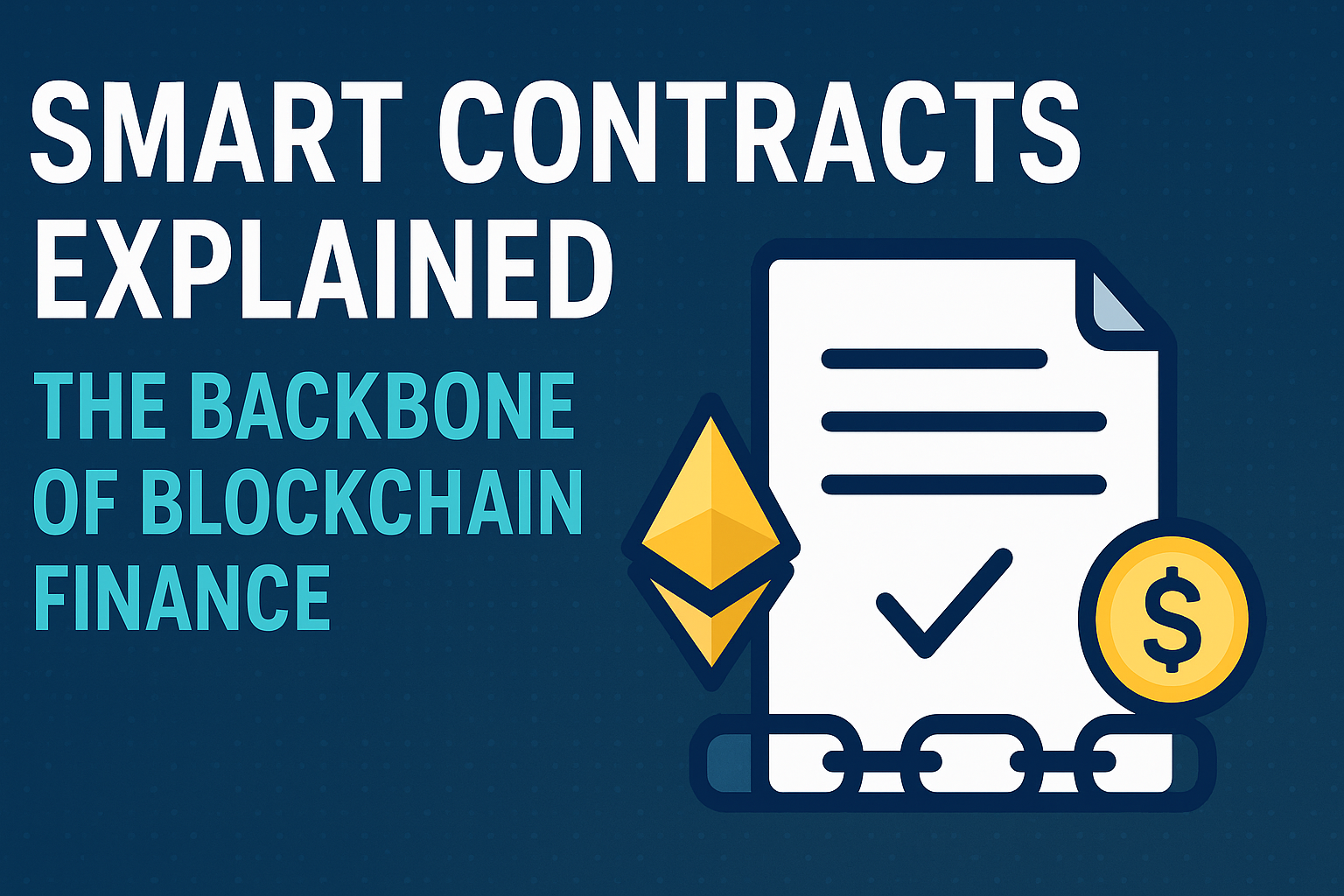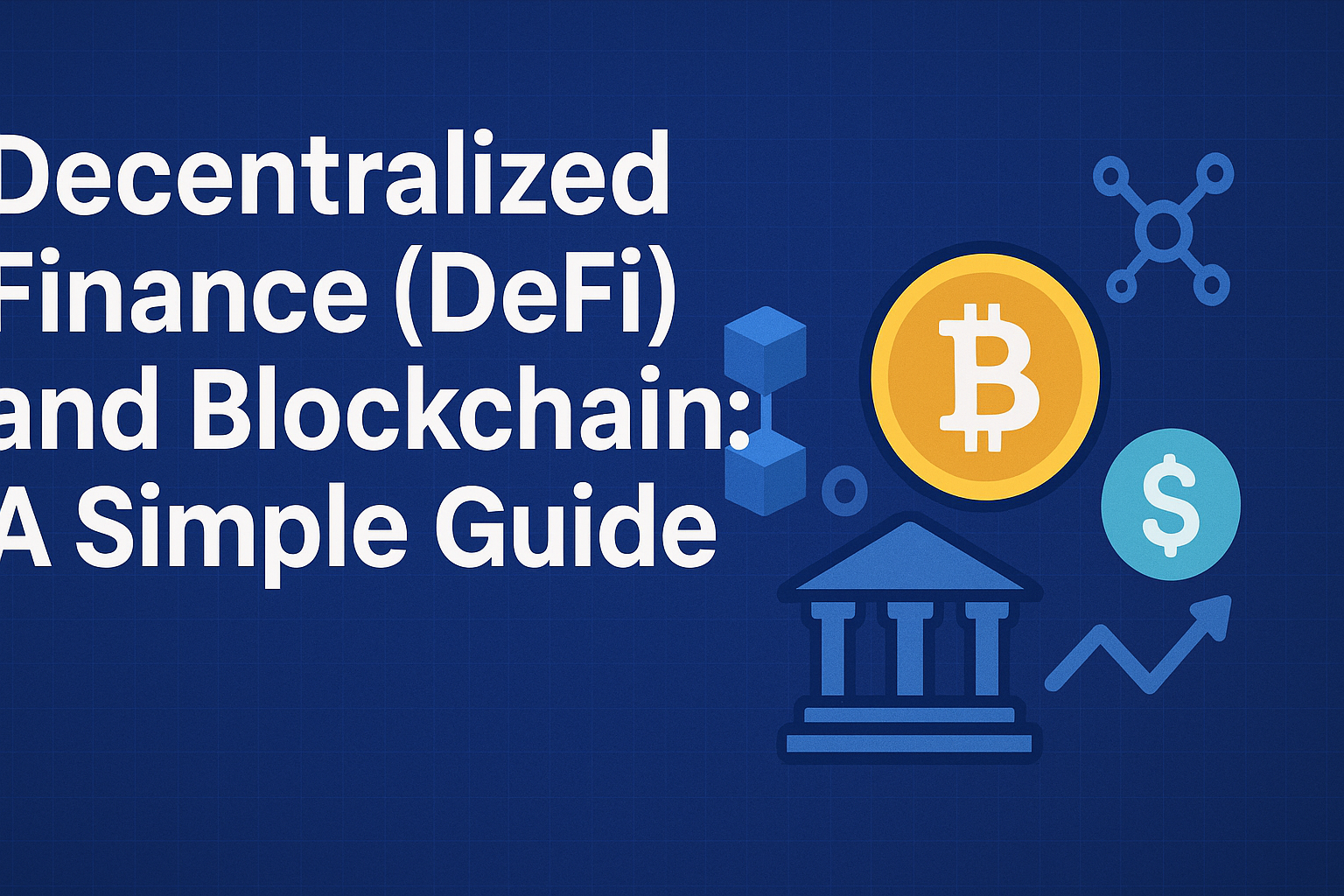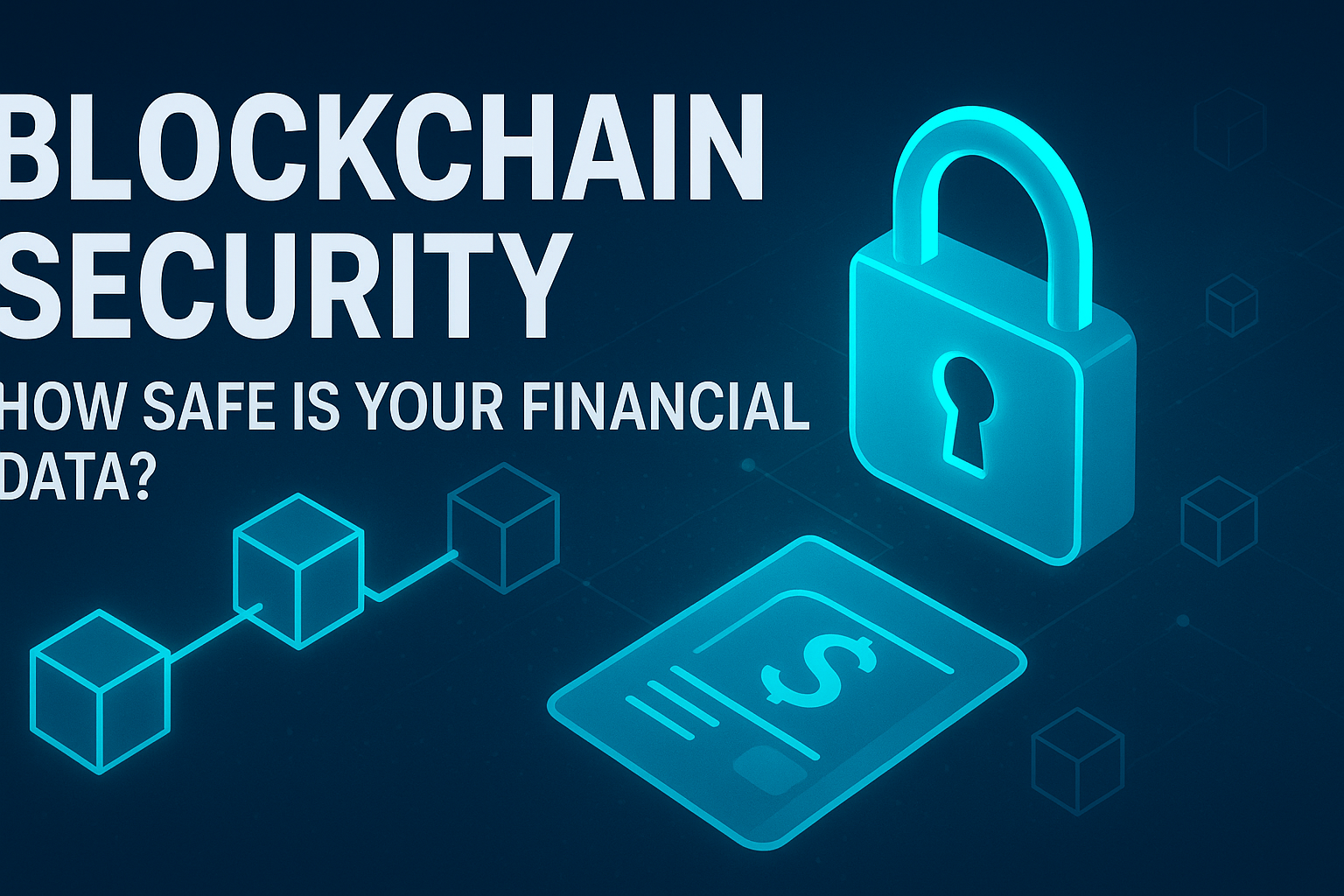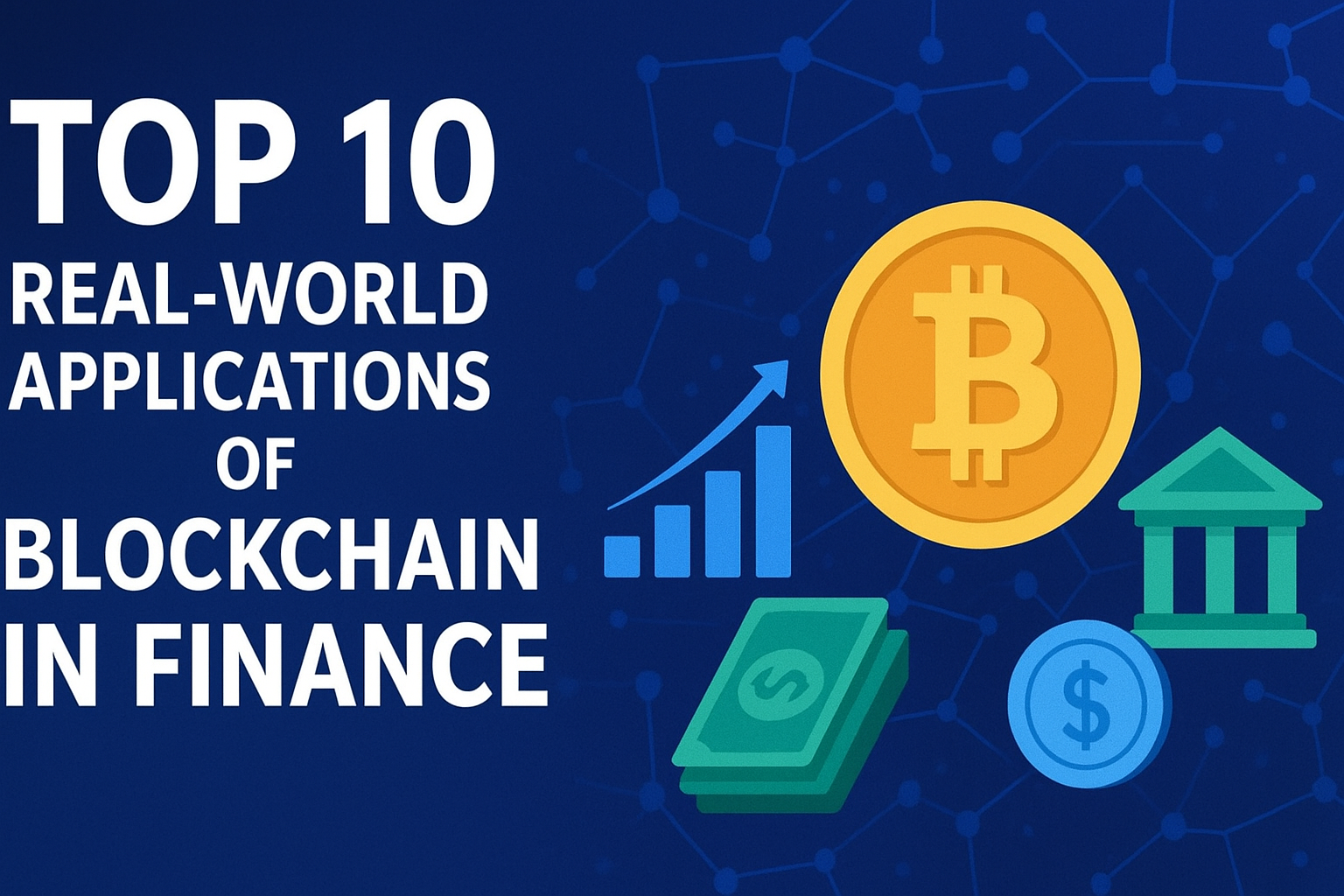Introduction
The world of finance is evolving faster than ever, and at the heart of this revolution lies blockchain technology. Among its most transformative innovations are smart contracts — self-executing digital agreements that are redefining how businesses, banks, and individuals interact.
From automating financial transactions to removing the need for middlemen, smart contracts are the invisible force driving the next generation of decentralized finance (DeFi). But what exactly are smart contracts, how do they work, and why are they so important to blockchain finance? Let’s break it down in simple terms.
What Are Smart Contracts?
In the simplest form, a smart contract is a digital contract written in computer code that runs on a blockchain. Unlike traditional contracts, which rely on lawyers or institutions to enforce terms, smart contracts automatically execute once the predefined conditions are met.
Imagine you and a friend betting 1 ETH (Ethereum) on a football match. A smart contract could be programmed to automatically send the funds to the winner based on verified match results — no third party, no disputes, no delays.
In essence, a smart contract is:
- Self-executing: Executes actions automatically when conditions are met.
- Immutable: Once deployed on the blockchain, it cannot be altered.
- Transparent: All participants can view the code and verify its rules.
How Do Smart Contracts Work?
Smart contracts operate on blockchain networks like Ethereum, Binance Smart Chain, and Solana. Here’s how they typically function:
- Agreement Creation:
The terms of the contract are coded using programming languages like Solidity (for Ethereum). - Deployment:
Once written, the smart contract is uploaded (“deployed”) to the blockchain. - Execution:
When the conditions of the contract are met, the blockchain nodes automatically execute the contract. - Verification & Storage:
The blockchain verifies that all conditions are satisfied and records the transaction permanently.
Because these steps occur automatically, smart contracts remove the need for human intermediaries — significantly reducing errors, time, and costs.
Why Smart Contracts Are the Backbone of Blockchain Finance
Smart contracts are the foundation upon which Decentralized Finance (DeFi) is built. DeFi platforms rely on these digital contracts to manage everything from lending and borrowing to insurance and asset trading — all without banks or financial institutions.
Here’s why smart contracts are so vital in blockchain finance:
1. Automation and Efficiency
Smart contracts enable financial operations to run automatically 24/7. For example:
- Loans can be issued and repaid automatically.
- Token swaps happen instantly on decentralized exchanges (DEXs).
- Yield farming rewards are distributed without human involvement.
This level of automation dramatically increases speed and reduces administrative costs.
2. Trustless Transactions
Blockchain finance eliminates the need to “trust” a central authority. Smart contracts ensure that all parties adhere to the rules coded into the contract, creating a trustless environment where code enforces fairness.
3. Transparency and Security
Because smart contracts operate on public blockchains, every transaction is visible to all participants. This transparency minimizes fraud and corruption — a huge leap forward compared to traditional financial systems.
4. Cost Reduction
Without intermediaries like banks, lawyers, or brokers, smart contracts lower transaction fees and make financial services more affordable.
5. Global Accessibility
Anyone with an internet connection and a digital wallet can interact with DeFi smart contracts. This opens up the global financial system to people who previously lacked access to banking infrastructure.
Real-World Applications of Smart Contracts in Finance
1. Decentralized Exchanges (DEXs)
Platforms like Uniswap and SushiSwap use smart contracts to facilitate token swaps directly between users — no centralized exchange or custodian needed.
2. Lending and Borrowing Platforms
Protocols such as Aave and Compound allow users to lend or borrow cryptocurrencies through smart contracts. Collateral, interest rates, and repayments are all handled automatically.
3. Stablecoins
Smart contracts manage stablecoins like DAI, ensuring they remain pegged to the U.S. dollar through decentralized mechanisms.
4. Insurance
Projects like Nexus Mutual use smart contracts to offer decentralized insurance — automating claim verification and payouts.
5. Tokenized Assets
Smart contracts enable tokenization — the process of converting real-world assets (like property or stocks) into digital tokens that can be traded globally.
Benefits of Smart Contracts
| Benefit | Description |
|---|---|
| Speed | Eliminates manual processes and paperwork |
| Cost-Effective | Cuts out intermediaries and their fees |
| Accuracy | Reduces human errors through automated execution |
| Transparency | All transactions are visible and verifiable |
| Security | Protected by blockchain encryption and immutability |
Challenges and Limitations
While smart contracts are revolutionary, they aren’t perfect. Some challenges include:
- Coding Errors: Bugs in the code can lead to major losses (as seen in the 2016 DAO hack).
- Lack of Regulation: Smart contracts operate in a gray area legally, creating compliance challenges.
- Scalability: Executing large numbers of contracts can strain blockchain networks, leading to high gas fees.
- Irreversibility: Once executed, transactions cannot be undone — even if made in error.
The Future of Smart Contracts in Blockchain Finance
As blockchain technology matures, smart contracts will become more sophisticated and accessible. The integration of Artificial Intelligence (AI) and Internet of Things (IoT) will make them even more powerful, allowing for real-world data (like weather reports or stock prices) to trigger contract actions via oracles such as Chainlink.
Governments and major corporations are also exploring blockchain-based financial systems, which rely heavily on smart contracts for automation and transparency.
We’re heading toward a world where mortgages, insurance claims, payrolls, and even voting systems will all run on blockchain-powered smart contracts.
Conclusion
Smart contracts are not just another blockchain feature — they’re the backbone of decentralized finance and the future of global financial infrastructure. By removing intermediaries, increasing transparency, and automating transactions, they pave the way for a more inclusive, efficient, and secure financial system.
Whether you’re an investor, developer, or simply curious about blockchain, understanding smart contracts is key to grasping how the financial world is evolving.






